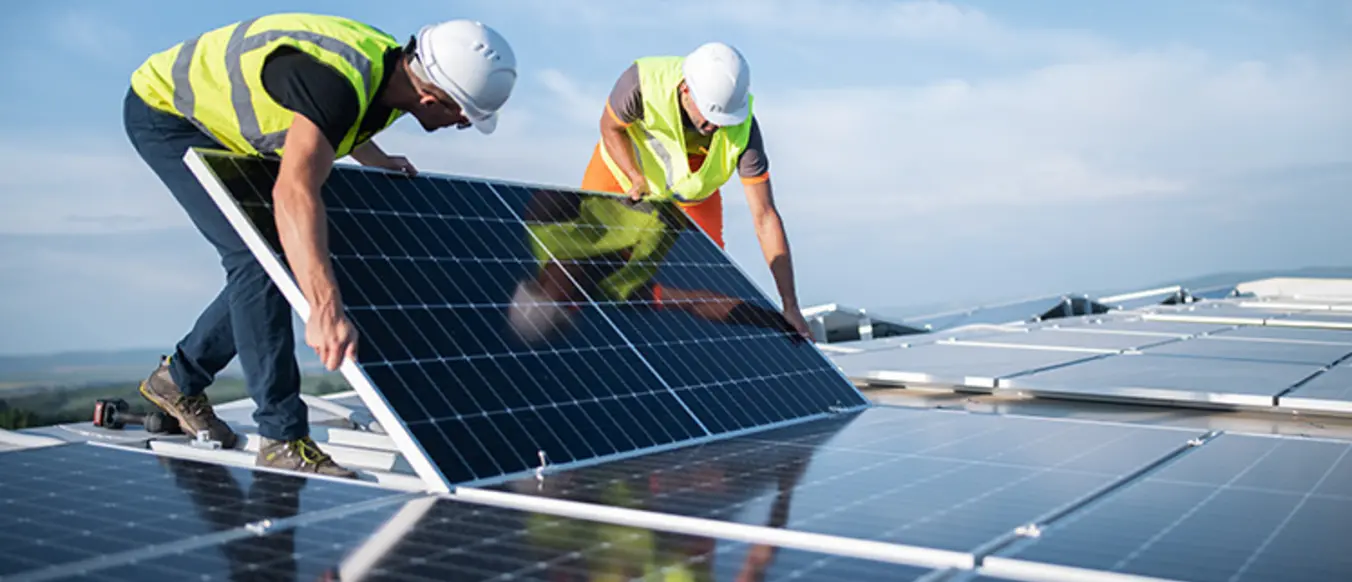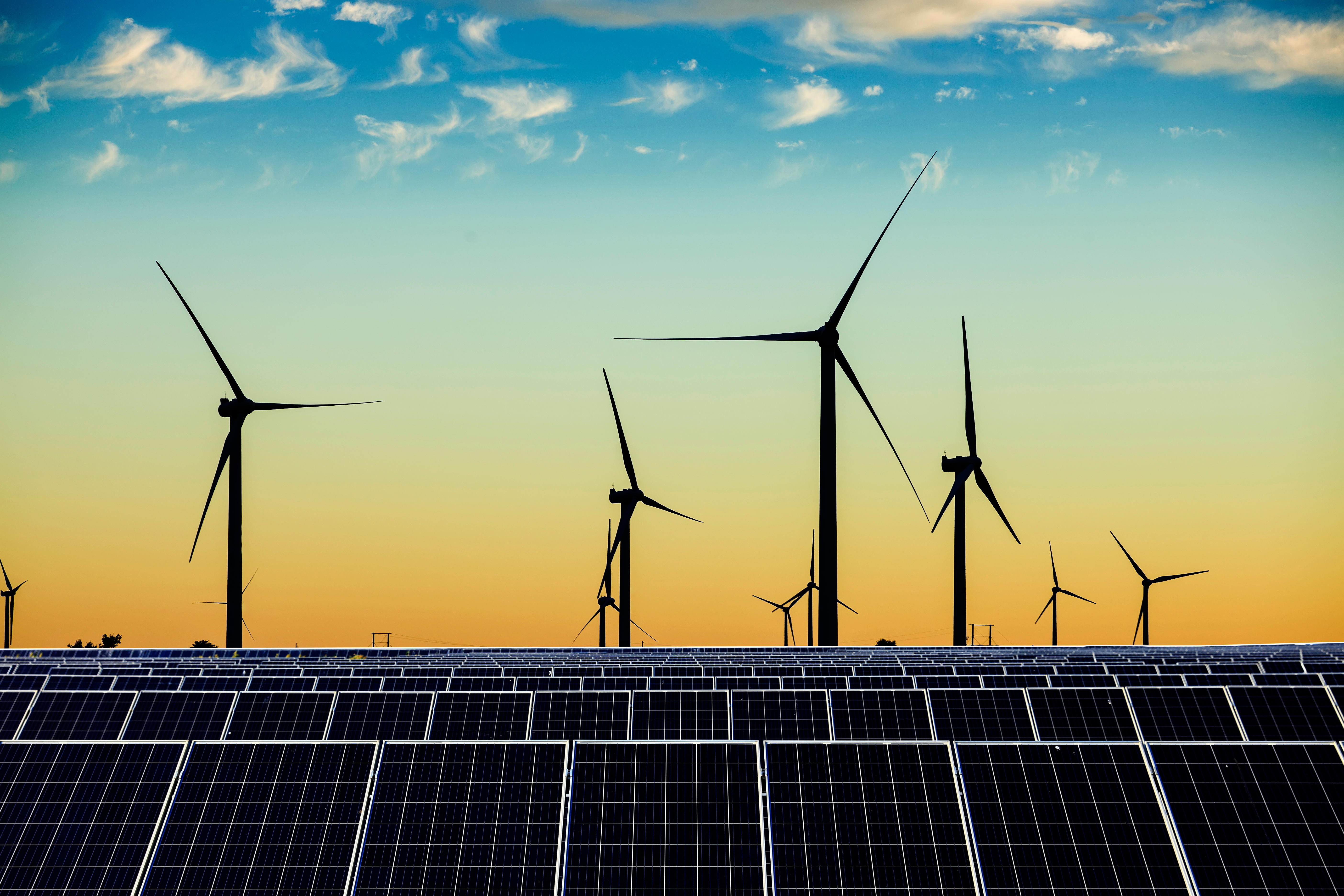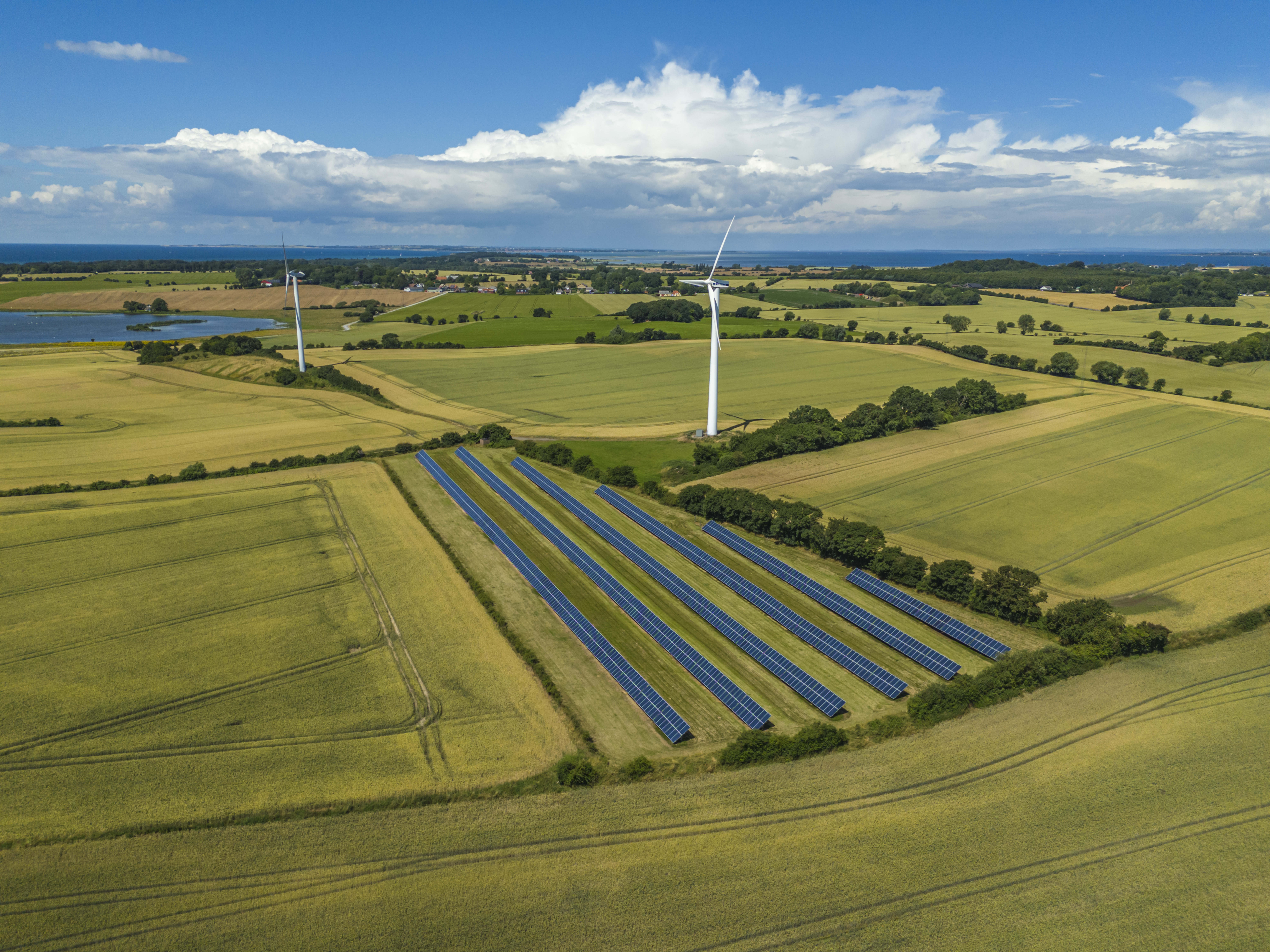Act now on renewable energy - why waiting could cost you millions

The new renewable energy landscape
The One Big Beautiful Bill Act (OBBBA) has rewritten the rules for solar and wind incentives. Federal tax credits that were on track to phase out gradually over the coming decade now expire as early as December 31, 2027. What once felt like a long runway has suddenly become a sprint, especially for companies considering renewable energy procurement via generation sources such as solar and wind. Businesses will need to take action soon to claim tax incentives before they disappear.
Why taking action now matters
Federal tax credits can cover up to 50% of a project’s capital cost, dramatically improving payback periods and return on investment (ROI). With the OBBBA’s accelerated sunset, projects that don’t lock in construction start dates before July 4, 2026, could see reduced incentives or miss out entirely. Given average development timelines of 9–18 months for distributed solar and 24–48 months for utility-scale projects, companies need to act quickly.
Rising electricity prices and volatility add risk
At the same time, electricity market dynamics are shifting. Global electricity demand increased by 4.3% in 2024, a change from the 2.5% growth seen in 2023. In the United States, electricity consumption grew by 2% in 2024 after nearly two decades of relatively stagnant demand growth. The U.S. Energy Information Administration forecasts electricity demand will continue growing at that rate in 2025 and 2026, which would be the first three years of consecutive growth in electricity demand since 2005–07. As demand outpaces supply, electricity prices will likely increase.
Additionally, fuel-price swings and supply constraints are adding volatility, making five-year budget forecasts challenging. For companies with heavy energy loads, this new energy market environment adds significant operating cost risk.
Unlocking two-pronged economic value
This is where the opportunity becomes clear. By making renewable energy procurement decisions now, businesses can unlock two powerful layers of economic value, one immediate, one longer-term, that together make a compelling case for renewable energy investment.
- Immediate savings: 30%-50% federal tax credit improves returns on invested capital and shortens payback periods. The difference between acting now and waiting could mean millions of dollars in lost value.
- Long-term protection: Locking in long-term renewable energy procurements through either onsite generation, or utility-scale contracting, secures predictable, fixed-rate power for years to come. This shields your business from commodity price swings and helps stabilize budgets in an increasingly volatile energy market.
A simple ROI illustration
Consider two identical hypothetical 500 kW rooftop solar systems with a $1.8 million installed cost:
Acting Today (40% ITC)
- Federal Tax Credit: $720,000
- Net Project Cost: $1,080,000
- Estimated Payback Period: ~3.8 years
- Estimated Return on Investment (ROI): ~18%
Delaying to 2027 (0% ITC)
- Federal Tax Credit: $0
- Net Project Cost: $1,800,000
- Estimated Payback Period: ~6 years
- Estimated Return on Investment (ROI)~10%
Bottom Line: Waiting just one year could reduce your return by 8 percentage points and extend your payback period by over two years—while leaving $720,000 in federal incentives on the table.
Overcoming common stakeholder concerns
Even if you're fully aligned on the urgency of securing current incentives, not everyone in your organization may feel the same way. In our experience, hesitation often stems from internal concerns around cost, complexity, or perceived risk, especially when energy decisions involve multiple departments.
To help move stakeholders from cautious to confident, consider these practical strategies:
- Explore creative financing options that can reduce upfront capital requirements.
- Build clear business cases that help procurement teams compare grid power vs. renewable contracts side-by-side.
- Equip sustainability teams with concise policy briefs that translate looming deadlines into dollar and carbon impacts.
- Emphasize fixed-rate power benefits to finance teams, showing how renewables can reduce operating cost risk and help avoid budget overruns.
These steps can help build internal alignment and momentum, turning hesitation into action and ensuring your business doesn’t miss out on a time-sensitive opportunity.
Time is of the essence
Don’t let the OBBBA’s accelerated deadlines erode your project economics. With electricity market volatility, locking in a project before the end of July 2026 could protect your bottom line for years to come. By acting now, you capture the full tax credit, lock in stable energy pricing and put your sustainability roadmap on a fast track.
Seize the opportunity with World Kinect
Renewable energy procurement can be complex, but you don’t have to do it alone. At World Kinect, we bring over 30 years of experience helping businesses transition to clean energy with confidence.
If you need help navigating recent policy changes, rising electricity pricing, or stakeholder engagement, our team of experts are here to support you.



